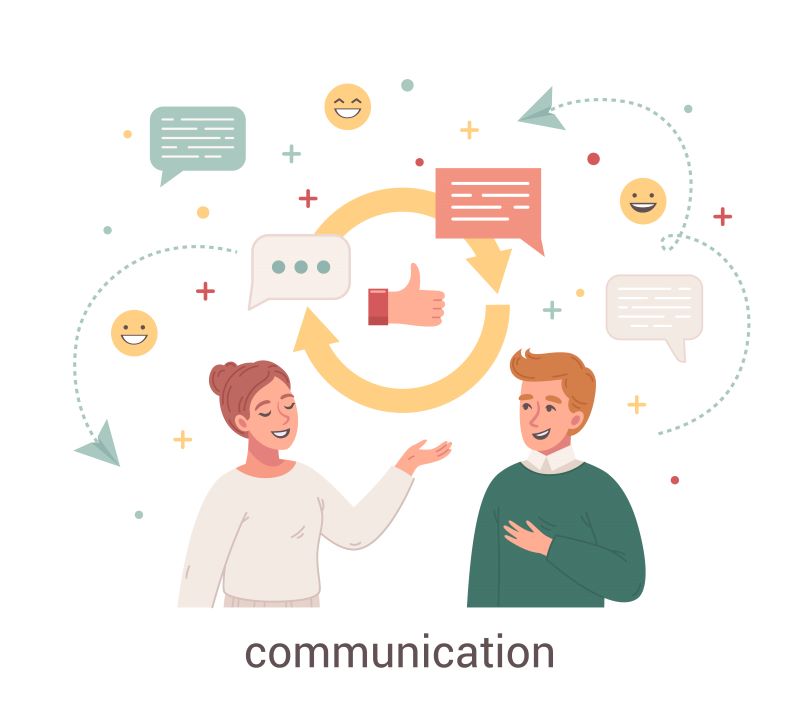Confronting Discrimination in the Workplace
Workplace discrimination continues to be a significant issue despite ongoing efforts to promote diversity and inclusion. It has an impact on people of diverse backgrounds, covering gender, age, ethnicity, and other factors. It can manifest itself in a variety of ways, including workplace discrimination, unfair treatment, and harassment. In this blog, we will examine the various aspects of workplace discrimination while highlighting relevant facts, real-world examples, and the Indian legal system’s response to these problems.
Understanding Discrimination in the Workplace
Any unfair or uneven treatment of workers based on attributes including race, gender, age, handicap, sexual orientation, or other protected qualities is referred to as discrimination in the workplace.

Types of Discrimination in the Workplace
1. Gender Discrimination
In India, gender inequality in the workplace continues to be an issue. As a result of discrimination, women frequently endure lower pay, fewer chances for promotion, and underrepresentation in leadership positions. Catalyst’s research indicates that the representation of women in senior management positions in India stands at a mere 31%, thereby underscoring the preexisting gender disparity.
2. Age Discrimination
In the workplace, age discrimination can affect both younger and older workers alike. For instance, preconceived notions about an employee’s abilities may create obstacles for older workers in securing employment. On the other hand, prejudice against younger workers could manifest itself if they look for chances to grow in their careers.
3. Racial and Ethnic Discrimination
One more widespread issue is racial discrimination; people from underrepresented groups often face stereotypes and biases that limit their opportunities for career advancement. India, a heterogeneous nation, faces unique challenges in the fight against racial and ethnic prejudice.
4. Disability Discrimination
Individuals with disabilities frequently experience discrimination in the workplace. Consequently, they are regularly passed over for jobs or given subpar accommodations. There are approximately 26 million disabled individuals in India, according to the 2011 Census, and it is vital to make sure they are included in the workforce.
Real-life Examples
1. Gender Discrimination Example
A well-known Indian IT company found itself in the middle of a scandal in 2018 after a worker accused her supervisor of discrimination. She stated that, despite her excellent performance, she was consistently passed over for promotions. Moreover, her male coworkers received higher compensation for comparable duties. This particular case served to emphasize the critical importance of gender equality in the workplace and the value of equal compensation for similar positions.
2. Age Discrimination Example
In 2019, a senior colleague was given promotion consideration over an inexperienced software engineer in India. This illustrates how ageism can impede one’s ability to progress in their work. In this instance, the choice was made with the understanding that the older worker would be more dependable and unlikely to leave the company. But the latter had the necessary training and expertise.
3. Racial and Ethnic Discrimination Example
Racist and ethnic prejudice came to light in 2020 when an incident involving a North-eastern employee at a restaurant in Delhi came to light. The employee brought to light the difficulties encountered by individuals of various ethnic backgrounds in India, wherein they were subjected to derogatory remarks and stereotypes.
Data and Studies on Discrimination at Work in India
1. Gender Inequality
India secured the 140th position out of 156 nations in the World Economic Forum’s 2021 Global Gender Gap Report regarding gender equality. This study brought to light the substantial disparity between genders in India’s health and survival, educational attainment, and economic engagement and opportunities.
2. Age Discrimination
In 2022, the Indian Human Resource Network (IHRN) conducted a poll in which 45% of participants said they experienced age discrimination at work. In addition, 67% of respondents said they were worried about their prospects for a career as they became older.
3. Racial and Ethnic Discrimination
It is more challenging to obtain statistics on racial and ethnic discrimination in India due to the subject’s complexity and diversity. Still, a plethora of anecdotal reports and occurrences demonstrate how commonplace this kind of discrimination is throughout the nation.

Laws Against Discrimination in the Workplace
1. The Constitution of India
The Indian Constitution forbids discrimination in the workplace on the grounds of race, religion, caste, sex, or place of birth. Furthermore, these laws explicitly forbid discrimination. As a measure to tackle workplace discrimination, specific anti-discrimination laws have been implemented.
2. The Equal Remuneration Act, 1976
This Act provides men and women with equal compensation for comparable labor, thereby combating wage discrimination on the basis of gender.
3. 2013: The Sexual Harassment of Women at Workplace Redressal, Prevention, and Prohibition Act
Within a legal framework, this legislation addresses and prevents workplace sexual harassment. Organizations can suggest establishing committees for internal complaints and grudges.
4. The 2016 Rights of Persons with Disabilities Act
This Act protects the rights of people with disabilities and promotes their inclusion in the workforce. Employers can achieve this by ensuring equal employment opportunities and appropriate accommodations for each employee.
Combating Discrimination in the Workplace
1. Promoting Diversity and Inclusion
Employer involvement is crucial in the battle against discrimination in the workplace. It is within the capacity of organizations to establish channels for hearing complaints of discrimination and to develop policies and programmes that foster diversity and inclusion. Additionally, they can implement regular anti-discrimination training.
2. Raising Awareness
In the struggle against discrimination, awareness campaigns and sensitization programmes are indispensable. They possess the ability to shape societal viewpoints and cultivate an atmosphere of inclusivity and acceptance in professional settings.
3. Legal Action
Employees who experience workplace discrimination have the option to pursue legal action. They may petition the appropriate authorities for redress and compensation for the damage inflicted by filing complaints or litigating their cases in court.
Conclusion
In India, discrimination in the workplace is a widespread issue that impacts people from different backgrounds. To tackle this matter, cooperation between employers, employees, and the government is necessary. It is of the utmost importance to increase knowledge, adhere to the law precisely as it stands, and work towards fostering an inclusive and equitable workplace. India can make significant progress towards its objective of creating a more equitable and diverse society. By allowing everyone a fair chance to succeed at work, one needs to actively address workplace discrimination.
Are You an Inclusive Employer? Connect with DEIJobs for diverse hiring solutions.
Not only does the one-of-a-kind DeiJobs initiative connect employers and candidates from diverse backgrounds, but it also influences the future of work for all.



